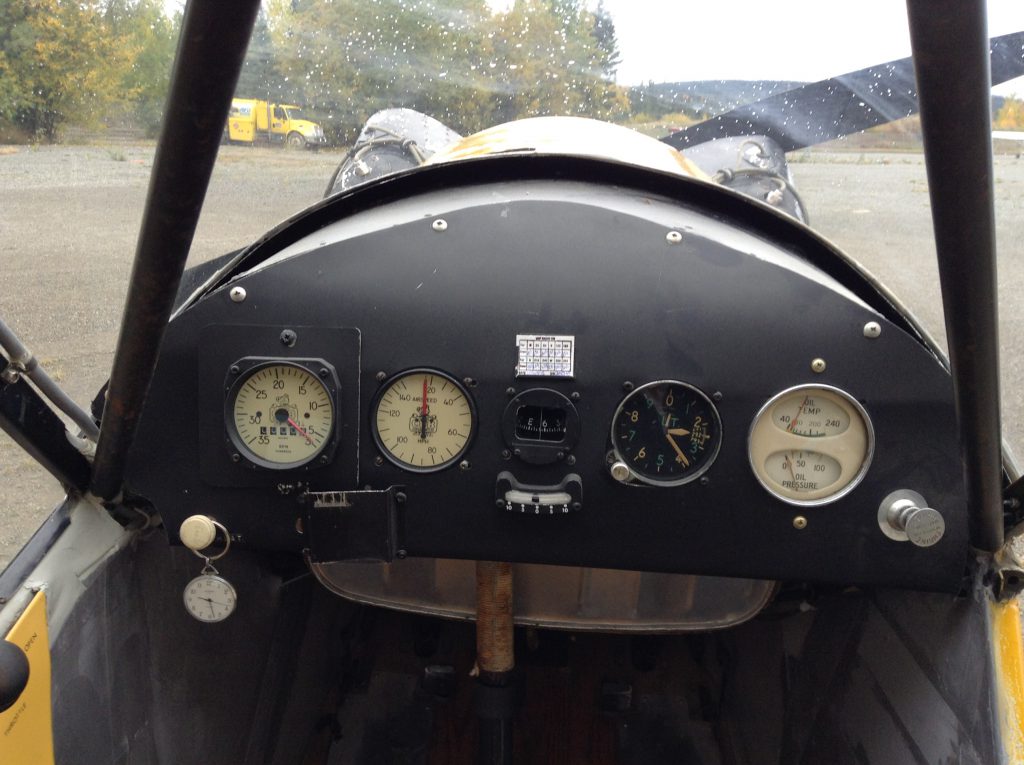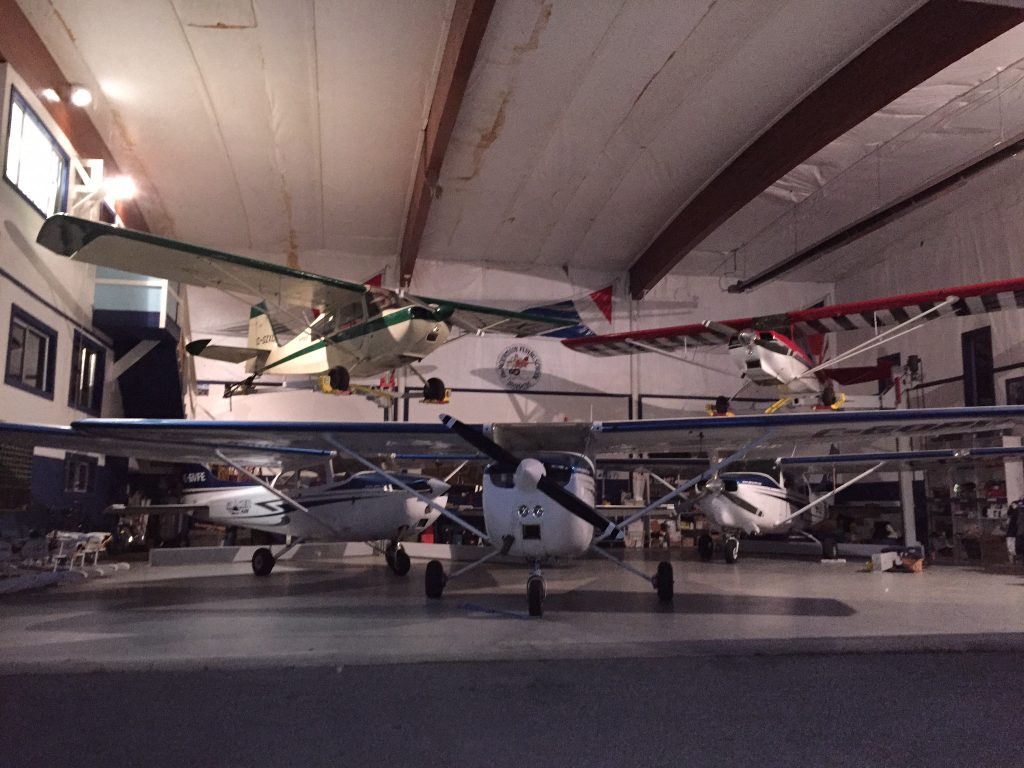
Who needs more??
Here are some flight test problem areas that I encounter frequently. Although all of these could be avoided if the Flight Test Guide was taken to heart, these problem areas continue to occur. This is a result of inadequate preparation, and both the student and instructor not being familiar with the Flight Test Guide. Every word in it is important!
This list is not exhaustive, and is not a substitute for the Flight Test Guide.
Ground
Doesn’t know speeds.
Knows speeds but not what they are for.
Can’t adjust speeds for lighter weights (Vref).
Doesn’t know snag reporting or rectification procedure.
Doesn’t know how to keep C of A in force (3 things).
Can’t read weather.
Can’t interpret TAF time subgroups.
Can’t convert Zulu to local time.
Can’t interpret weather (what does it all MEAN?).
Incomplete weather package: no GFA, FD, NOTAMs, PIREPs etc.
Not using LATEST WEATHER for flight planning.
Flight planning not based on existing conditions.
Not using most current pubs (CFS, VNC, VTA, AIM etc.).
Dead reckoning when pilotage would be more appropriate. (As in mountainous terrain.)
Can’t make competent go/no go decision.
No contingency fuel or can’t determine real-world fuel load.
Can’t read moment envelope.
Can’t determine go/no go for short field takeoff (75% rule or equivalent).
Trouble calculating takeoff or landing distance.
No PAlt or wind corrections in performance calculations.
Can’t determine Vr and Vx for short takeoff.
Can’t adjust Vr, Vx or ground roll when flaps used (pre-1980 C-172).
Doesn’t know way around POH.
Using POH for some other aircraft.
Weak or incorrect knowledge of systems.
Doesn’t know VFR weather minimums or special VFR.
Can’t interpret airspace on VNC.
General lack of familiarity with VNC.
Doesn’t know NORDO procedures.
Doesn’t know uncontrolled aerodrome ops.
Can’t read nav and communication boxes on VNC, especially RCO.
No idea how to obtain FISE.
General lack of familiarity and confidence with everything.
Air
Chocks not removed.
Big rev-up and poor power management during start-up.
Brake riding (and lots of it).
Flat landings.
Flat landings.
And more flat landings. (Does nobody teach the landing attitude any more?)
Hard landings.
High crowded approaches.
Approaches with poor airspeed control (usually too fast).
No glide judgement.
Crappy short or soft field landings, or incorrect procedures used.
No control of touchdown point.
No centreline control.
No go-around initiated in case of crappy approach.
Rough aircraft control trying to save a bad approach.
No organised forced approach procedure.
Using archaic bow-tie forced approach method. (Note to instructors: this method isn’t in the FTM and shouldn’t be used.)
Crowded forced approaches.
No HASEL safety checks or equivalent.
Poor lookouts.
Slipping wrong way (away from turns or away from wind).
Rough aggressive slipping technique.
Diving in slip.
Can’t track centerline while slipping.
Housekeeping chores not done.
Required radio calls not done.
Incorrect taxi wind inputs.
Incorrect, sloppy or hesitant go-around procedure.
Not initiating a climb in a go-around.
Precautionary crowded with poor energy management.
Poor field choice for forced or precautionary.
Flying forced or precautionary with tailwind.
Unstable low pass in precautionary (usually sinking).
General poor power and energy management.
Skidding turns (It’s not a boat, people…).
Weak knowledge of emergency procedures.
Checklist not used for emergency procedures.
Can’t find specific emergency procedure. (Hint: it might be in the amplified procedures section in the POH if it’s not on the checklist.)
General lack of polish and confidence.
Poor situational awareness.
Mixture control ignored throughout flight.
Poor altitude control 9, 11, nav, divert.
Can’t provide TAS.
No idea why TAS is important.
Can’t explain discrepancy between actual and planned TAS.
Flight plan not opened.
Does not understand flight plan opening at non-ATS aerodrome.
ETAs and fuel specifics not provided, or require prompting.
ETEs and ETAs not accurate.
No idea that revised ETA requires revised fuel considerations.
Creative mental math.
Unable to state endurance.
Poor or non-existent passenger briefings for 21, 22, divert, and all landings

